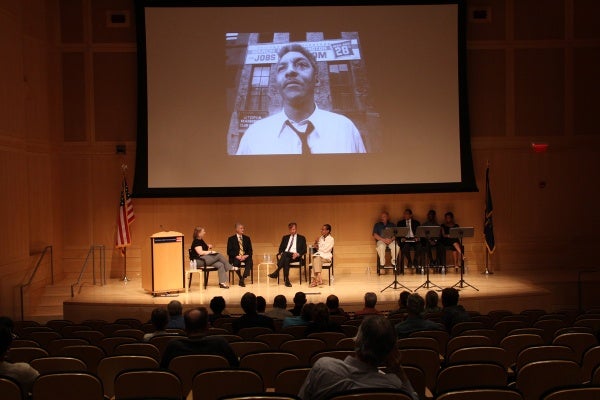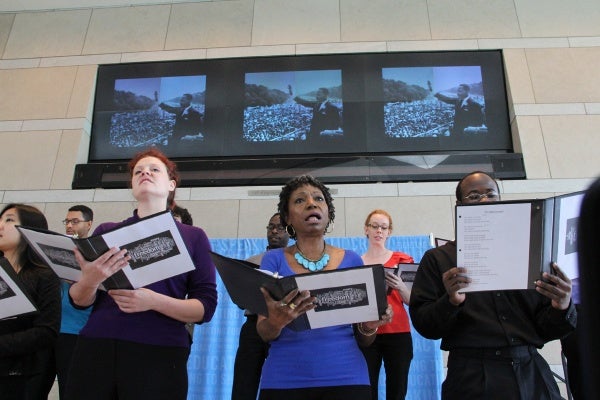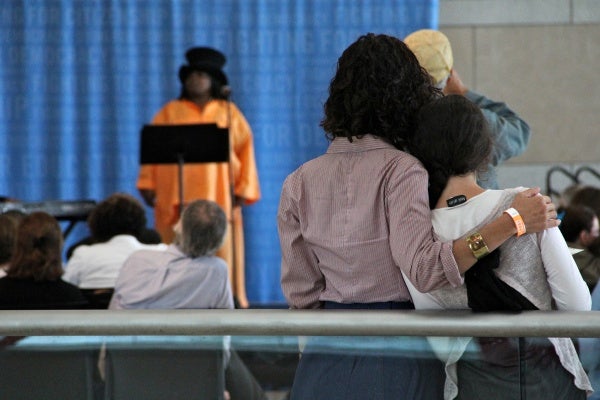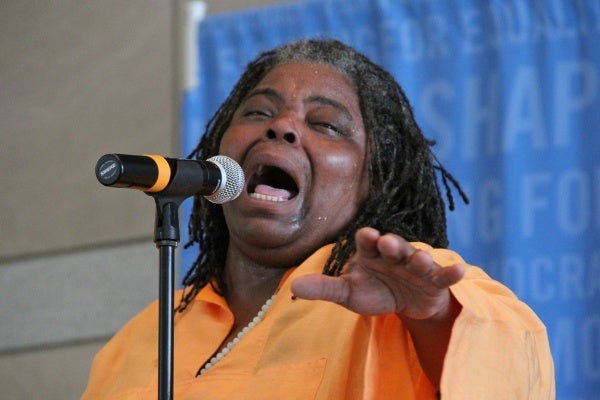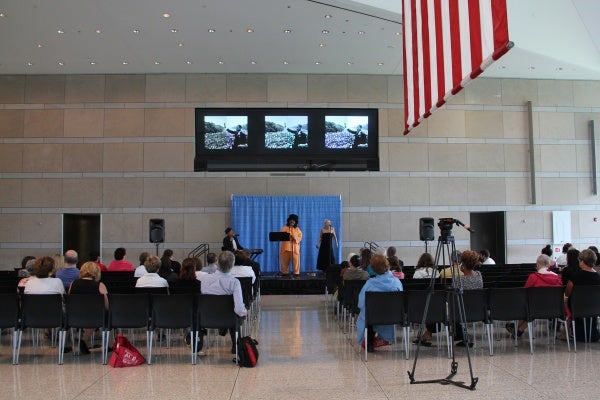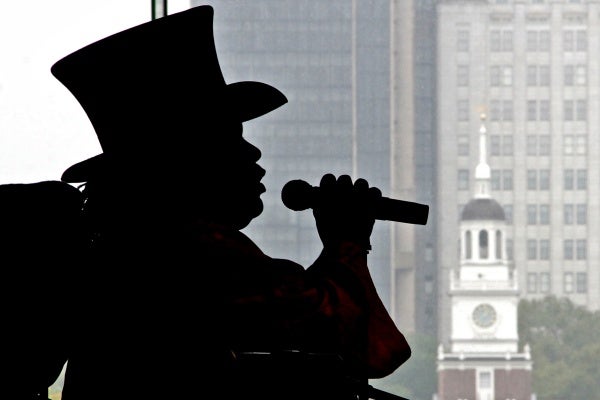Experiencing integration in real life, not history books
As a 17-year-old, white Narberthian, I’ve grown up in an era when segregation is a thing of the past, a subject in history class. It has seemed far away, but not anymore. This summer, an oral history project at Lower Merion High School gave me an opportunity to delve into the history of my community’s experience with desegregation.
Lower Merion this year is commemorating the 50th anniversary of the closing of Ardmore Avenue School, marking the official desegregation of the district. Ardmore Avenue Elementary was, in fact, 20 percent white, but its derelict condition and subpar academics proved it lesser than all the neighboring elementary schools that fed into Lower Merion High School.
Lower Merion’s ‘moment of integration’
In the summer of ’63, the school board discussed the possibility of closing this primarily black school. After many plans were proposed and shot down, two weeks before the first day of school, the board decided to disperse the students of Ardmore Avenue into the neighboring, primarily white schools. Without warning, the Lower Merion community experienced its own moment of integration.
This term, “moment of integration,” became the focus of our oral history project, headed by my AP U.S. history teacher, Chad Henneberry, and a commemoration event set to take place Sept. 12.
I heard the story of Ardmore Avenue School when Judge Wendall Holland and Mr. Michael Antonoplus, both members of the Class of ’70, spoke to my AP U.S. history class. Holland, a gifted athlete who would later become his high school class president, found warm welcome from his new white classmates, among them Mr. Antonoplus, at the Wynnewood Road School. Holland attributed much of his pleasant integration experience to the race-blind nature of sports and meeting his best friend Mike on the playing field.
Impressed as I was by their seamless integration, I was eager to hear if this was the story across the board. I got involved with the Moment of Integration project, joining a team of students — four white, four black — to create an oral history film of interviews with Lower Merion alumni during the time of integration.
Digging deeper into integration stories
My team worked together to develop core questions about race and its not-nearly-perfect history in our district. We had open, honest conversations about racial barriers in our community, subdued since integration but still present. That kind of conversation isn’t easy to come by.
In the course of interviewing alumni and community members, I found that not all integration stories were quite as seamless as that of Holland and Antonoplus. Many students who came to the middle schools from Ardmore Avenue were quite behind in school, and the teachers didn’t help them catch up. I heard of playground segregation and a continuous struggle to meet the standards set by an all-white Lower Merion faculty.
After a long school year of memorizing dates and battles, learning real history first hand proved much more meaningful. I attached faces to abstractions like “segregation” and “race” and “identity.” Textbooks definitely cannot do that. I am grateful to my school for giving me this unique educational and cultural opportunity.
But the overarching theme that I discovered in my interviews was a trust and sense of community between whites and blacks in Lower Merion. Some alumni even welcomed me into their homes to discuss the touchiest of subjects — race, family, poverty, friendship. I was amazed to hear how much pride they have in their alma mater and in the challenges they overcame. They were eager to share their stories, because I am a Lower Merion student and so were they — an unexplainable sense of trust existed simply because of our shared love for our school, and nothing else.
However, I believe the project is falsely named. “Moment of Integration” implies that there is a moment in time, an instant, where integration just happens — and then ends. Although this term refers to the moment of the first year black students from Ardmore Avenue School were dispersed into the Lower Merion community, it really indicates the beginning of integration, certainly not the end. Integration, in my case, felt most prevalent and current this summer — not 50 years ago. Integration is hardly a moment, but a process. The process is not yet finished, but 50 years of progress promises another 50 years of equally necessary advancement.
—
Rebecca Zimmerman is a senior at Lower Merion High School.
WHYY is your source for fact-based, in-depth journalism and information. As a nonprofit organization, we rely on financial support from readers like you. Please give today.


